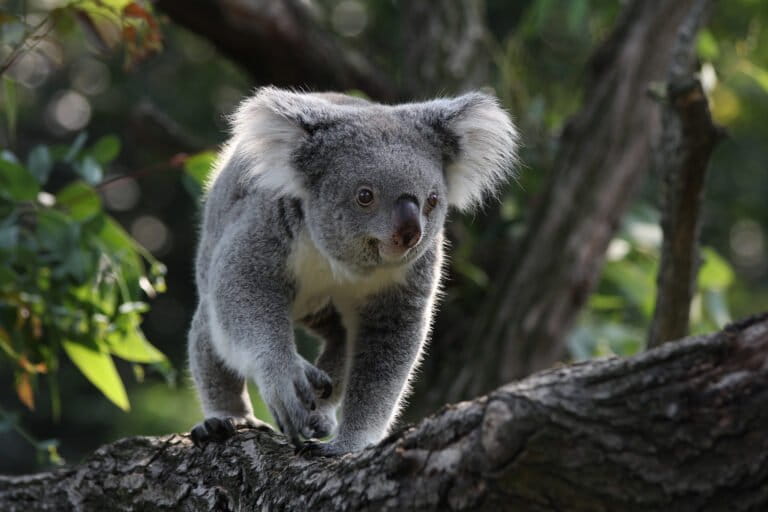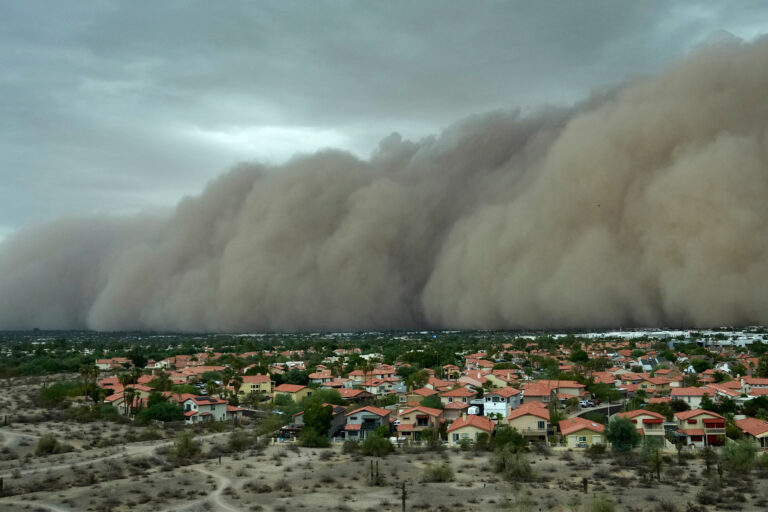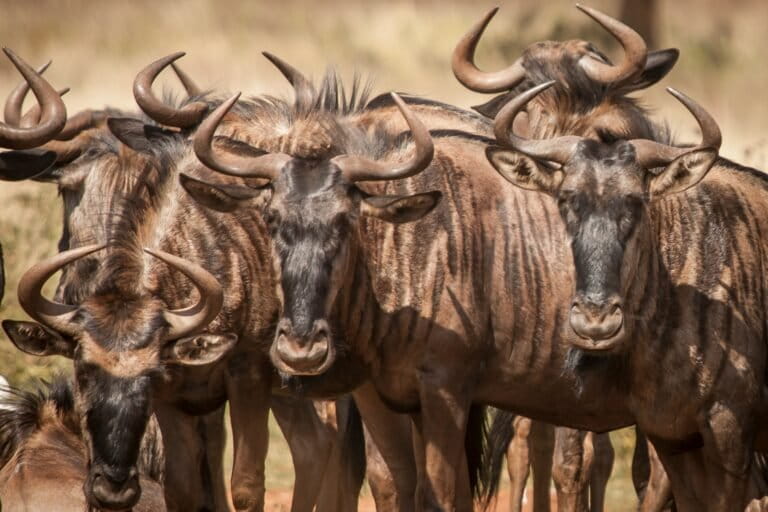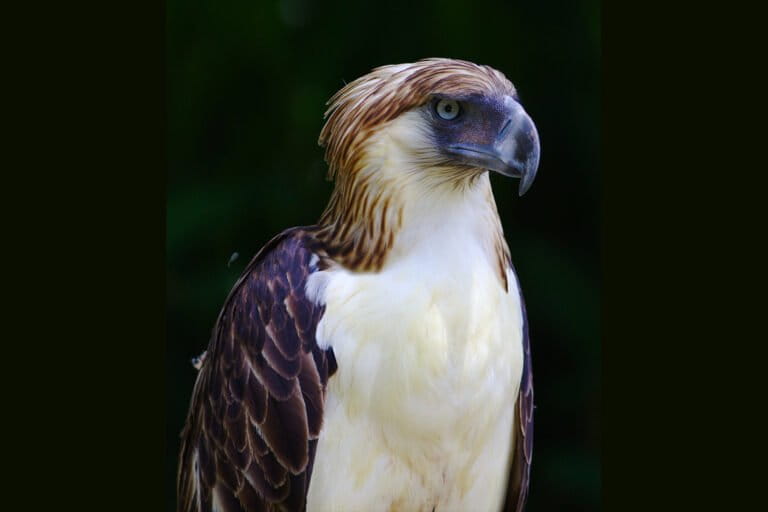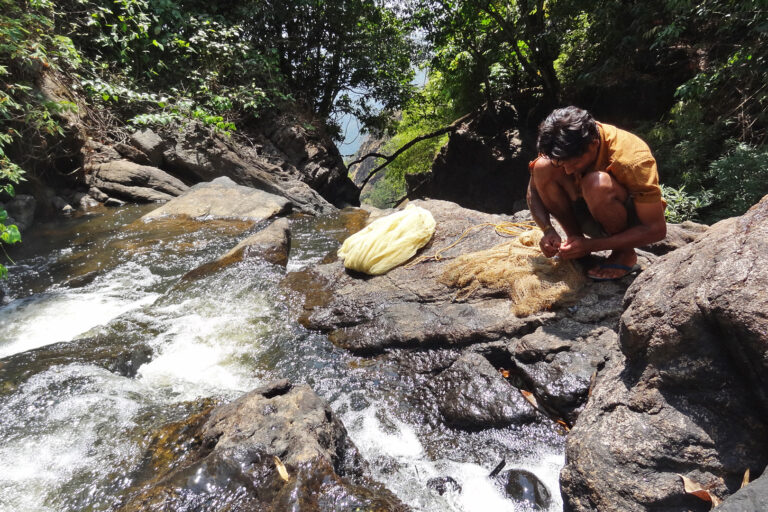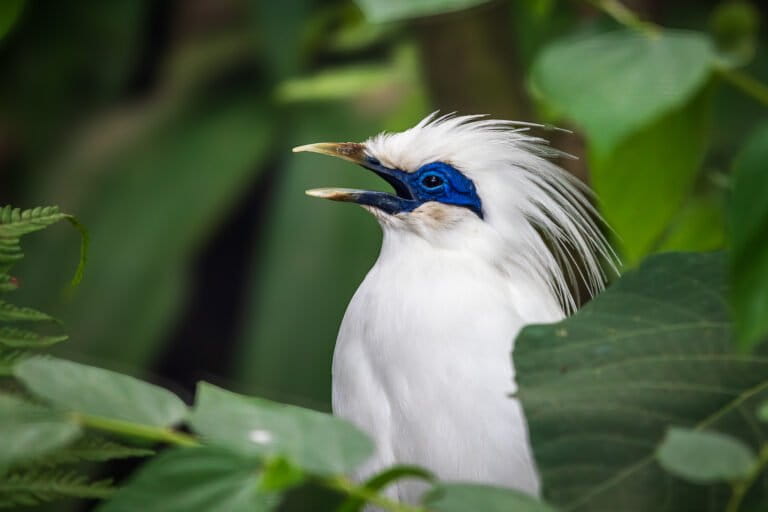- Only nine percent of 1,451 migratory bird species in the world are sufficiently protected across their long annual migratory routes, according to a new study.
- Researchers found that countries like France and Venezuela protect more than 80 percent of their migratory bird species, while India and China protect less than 10 percent of their migratory birds.
- Increased international cooperation is key to protecting migratory bird species, experts say.
Migratory birds are awe-inspiring. Every year, millions traverse across oceans and continents, many each racking up thousands of miles as they fly. The longest marathon migrant, the Arctic tern, covers more than 70,000 kilometers (about 44,000 miles) annually during its journey from the Arctic to the Antarctic, and back.
However, very few migratory bird species are sufficiently protected across their long annual migratory routes, according to a new study published today in Science.
Researchers found that only nine percent of the 1,451 migratory bird species they studied have all phases of their annual migratory cycles — breeding and non-breeding areas, as well as all the spaces in between — adequately covered by protected areas. In comparison, around 45 percent of the world’s non-migratory bird species appear to be sufficiently covered by protected areas across their global distribution.
“The authors’ conclusion that more than nine-tenths of all migratory species are missing key habitats needed for their annual movements is flat-out scary,” William Laurance, an ecologist at James Cook University in Australia who was not involved in the study, told Mongabay. “It underscores a dimension of the modern biodiversity crisis that too few of us have appreciated adequately.”

Migratory birds barely protected
Previous studies have looked at how some specific migratory bird species are protected in particular parts of the world, Claire A. Runge, lead author from University of Queensland, Australia, told Mongabay. But this is the first study to look at all of the world’s migratory bird species — 1,451 in total — that have all phases of their annual cycles completely mapped, she said.
“This is the first time that anybody has put the whole puzzle together and got a comprehensive picture of the state of protection for migratory birds across the whole world,” she added.
Runge and her colleagues overlaid maps of the world’s protected areas onto distribution maps of the 1,451 migratory bird species, and analyzed the proportion of the birds’ distributions that were covered by protected areas. They assessed whether each stage — breeding and non-breeding grounds, as well as intermittent stopover sites or refuges — of their annual cycle was adequately covered by protected areas.
Runge’s team found that protection was grossly inadequate.
A typical migrant species needs two or three separate geographic locations along its migratory route, the researchers write, where the birds can rest or refuel. But the team found that for 91 percent of the 1,451 migratory bird species, one or more critical locations across their migratory cycle — important for breeding, resting or feeding — falls outside protected areas.
The situation is worse for migratory bird species that are threatened under the IUCN Red List. Less than three percent of threatened migratory bird species have adequate protected area coverage across all parts of their annual cycle, the team found.

Take for example, the vulnerable red-spectacled amazon (Amazona pretrei), a migratory parrot of Brazil. Less than four percent of its distribution falls within protected areas, the study found.
“We had expected to find a few species without adequate protection, but to find that despite all the efforts to expand protected areas that are currently underway, fewer than nine percent were adequately protected, that was very surprising,” Runge said.
To protect migratory bird species across the world, BirdLife partnership has identified nearly 8,500 Important Bird and Biodiversity Areas (IBAs), which require focused conservation efforts, the authors write. However, just 22 percent of the world’s IBAs were completely covered by protected areas, the study found.
International protection
The degree of protection also varies across countries, some countries performing better than others, the study found.
For example, countries like France and Venezuela formally protect more than 80 percent of their migratory bird species, the team found. On the contrary, protected areas in India and China cover less than 10 percent of their migratory birds.
“In India, most of the protected areas have been established in forests, keeping tiger and large glamorous mega-vertebrates in mind,” Asad R. Rahmani, Senior Scientific Adviser at Bombay Natural History Society in India, who was not involved in the study, told Mongabay. “Not much attention was given to wetlands and grasslands, as a result of which many large wetlands are now in terrible condition.”
The lack of formal protection of wetlands in India is problematic because wetlands form nearly one-third of the IBAs in India, Rahmani added.

Runge’s team also found that in general, countries across North Africa and Central Asia have low protected area coverage of migratory bird distributions.
“These regions have relatively few protected areas,” Runge said. “And where they occur, they do not overlap sufficiently with the distribution of migratory birds.”
Way ahead
Given how global migratory bird distributions are, protecting these birds is no easy feat. In fact, protecting migratory birds needs greater effort than protecting non-migratory bird species, Runge said. This is because they need so many different locations to complete their life cycle, she added.
“Migrants need protection in their breeding and wintering areas, plus the places species need to go between those two,” Runge said. “Our study shows that, because of these higher demands, migrants are more vulnerable.”
So increased international cooperation is key to protecting migratory bird species, experts say.
Existing gaps in information also need to be filled. For example, information about how individual migratory birds move, and what locations might be the most critical to the long term future of each migrant species, is crucial, Runge said.
For countries like India that have very low protection coverage for migratory birds, IBAs that occur in wetlands, coastal mud-flats and inter-tidal zones need to be protected well, in collaboration with local communities, Rahmani said.
In fact, all possible IBAs need to be protected, Laurance added.
“We need to move quickly,” Laurance said. “In many regions, the window for viable action is closing fast because many key stopover or breeding habitats are vanishing right now.”
“Many people just don’t realize just how stressed and vulnerable birds are during their annual migrations,” Laurance added. “They’re burning incredible amounts of energy while flying great distances and rely crucially on places where they can stop for a few days to feed intensively. If these critical stopover habitats vanish—as it happening across much of the world—then they often just starve to death.”
Citation:
- Runge C.A., Watson J.E.M, Butchart S.H.M., Hanson J.O., Possingham H.P. and Fuller R.A (2015) Protected areas and global conservation of migratory birds. Science doi: 10.1126/science.aad2456







